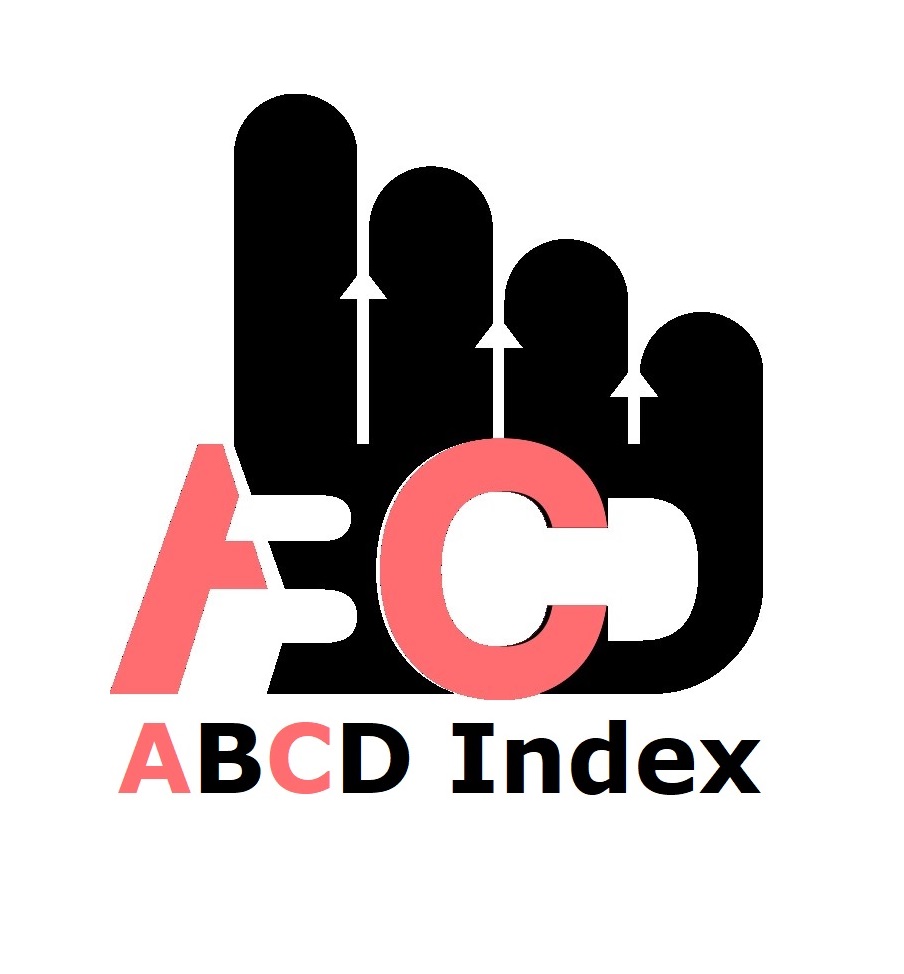Women’s Political Participation Opportunities in the Nakuru and Narok Counties of Kenya
Keywords:
Effective, Implementation, Inclusivity, Participation, SupportiveAbstract
This paper focused on the political opportunity to empower women in Nakuru and Narok counties of Kenya by conducting comparative evaluative research. Feminist Theory informed this study, which focuses on gender disparities and how political, economic, and social factors dictate women's roles and engagements. This research aimed to assess the KB clown sketches and their impact on women's political chances. A purposive sampling procedure was adopted in which 335 participants with critical informants, ordinary citizens, and young women interested in leadership positions were sampled. Quantitative and qualitative research was used, and questionnaires, interviews, and focus group discussions were used to collect data among women to understand the current political situation. Data analysis was done in two ways, which include descriptive and thematic analysis. The quantitative data from the administered questionnaires were analyzed descriptively to produce frequencies and percentages for the findings on women’s political participation opportunities. The information collected from interviews and focus group discussions was analyzed through thematic analysis to develop trends and findings on socio-cultural perspective, policy understanding, and institutional support for women in politics. Research outcomes revealed that despite the improvement in electoral democracy and female representation in the political process, barriers including but not limited to inadequate resource mobilization, conflict of cultures and practices, and unequal/ irregular championing of gender mainstreaming policies and frameworks still inhibit inclusion. These policies were deemed critical because they informed women as to how they could extend effective democracy in political systems while also ensuring that people in a community understood the gains that could be derived from having women's leadership. Research concluded that this can be achieved through efforts to strengthen mentorship programs, increase public appreciation for the importance of women's participation in leadership and governance, and improve the application of supportive policies and laws. Some recommendations focus on political capacity-building and gender sensitization training to empower women for political positions and call on the political parties to encourage gender parity on their list of candidates. Using media and technology in leadership and management to promote role-modeling to women leaders is also essential in establishing relationships and collaboration with other regional and global organizations on lobbying for women's political rights. Research into these matters should be conducted with backup data for a substantive approach to the progress of Nakuru, Narok, and other counties. Individually, these measures present a trajectory toward improving the environment of women's political participation in Kenya.
Published
How to Cite
Issue
Section
Copyright (c) 2024 Beatrice Akoth Onamu, Prof. Frank Khachina Matanga, Rev. Dr. Elijah Onyango Standslause Odhiambo

This work is licensed under a Creative Commons Attribution-NonCommercial 4.0 International License.
Most read articles by the same author(s)
- Charles Otieno P. Ochieng, Frank Khachina Matanga, Chrispinous Iteyo, Causes and Consequences of Post-Election Violence in Kenya , African Journal of Empirical Research: Vol. 4 No. 2 (2023): Jul-Dec 2023
- Robert Santos Manana, Frank Khachina Matanga, Edmond Maloba Were, Determinants of the Root Causes and Success Factors for the East African Community Regional Force Intervention in Managing Intractable Intrastate Conflicts in the DRC , African Journal of Empirical Research: Vol. 5 No. 3 (2024): Jul-Sep 2024
- Charles Otieno P. Ochieng, Prof. Frank Khachina Matanga, Prof. Crispinous Iteyo, The Nexus between Electoral Management System and Post-Election Violence in Kenya Since 1963 , African Journal of Empirical Research: Vol. 5 No. 4 (2024): Oct-Dec 2024
- Winnie Winfrade Awuor Oyugi, Pontian Godfrey Okoth, Elijah Onyango Standslause Odhiambo, Assessing the Socio-Economic Impact of the Chinese Transfer of Values, Skills, and Technology in Infrastructural Development in Kenya , African Journal of Empirical Research: Vol. 4 No. 2 (2023): Jul-Dec 2023
- Robert Koome Kimathi, Pontian Godfrey Okoth, Frank Khachina Matanga, Challenges and Opportunities Faced by the United Nations Stabilization Mission in the Democratic Republic of Congo in Fulfilling Its Mandate for Peace and Security in the DRC , African Journal of Empirical Research: Vol. 5 No. 4 (2024): Oct-Dec 2024
- Robert Koome Kimathi, Pontian Godfrey Okoth, Frank Khachina Matanga, Peace and Security Dynamics as A Result of Conflict Intervention by United Nations Stabilization Mission in the Democratic Republic of Congo , African Journal of Empirical Research: Vol. 5 No. 4 (2024): Oct-Dec 2024
- William Kitsao Karisa Shume, Pontian Godfrey Okoth, Elijah Onyango Standslause Odhiambo, Security-Diplomacy Nexus: Nature of Bilateral Cooperation in Kenya - India Military Diplomatic Relations Since 1963 , African Journal of Empirical Research: Vol. 5 No. 4 (2024): Oct-Dec 2024
- Jovince Okoth Kwadha Wende, Frank Khachina Matanga, Elijah Onyango Standslause Odhiambo, Challenges to Peaceful Nominations: Youth Participation in Politics in Homa Bay County, Kenya , African Journal of Empirical Research: Vol. 5 No. 4 (2024): Oct-Dec 2024
- Hillary Kibet, Pontian Godfrey Okoth, Elijah Onyango Standslause Odhiambo, Exploring the Interplay Between Multiagency Security Challenges and Economic Security in Lamu County, Kenya , African Journal of Empirical Research: Vol. 5 No. 4 (2024): Oct-Dec 2024
- Beatrice Akoth Onamu, Frank Khachina Matanga, Elijah Onyango Standslause Odhiambo, The Nature of Gender Mainstreaming Policies in Nakuru and Narok Counties, Kenya , African Journal of Empirical Research: Vol. 5 No. 4 (2024): Oct-Dec 2024























